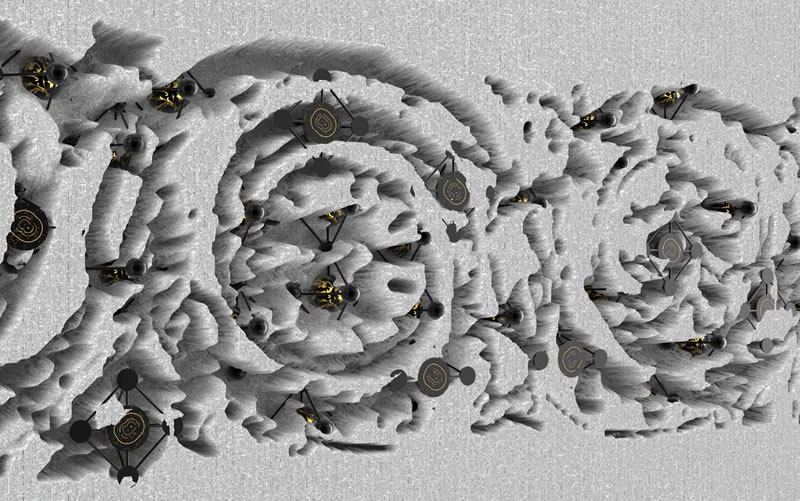
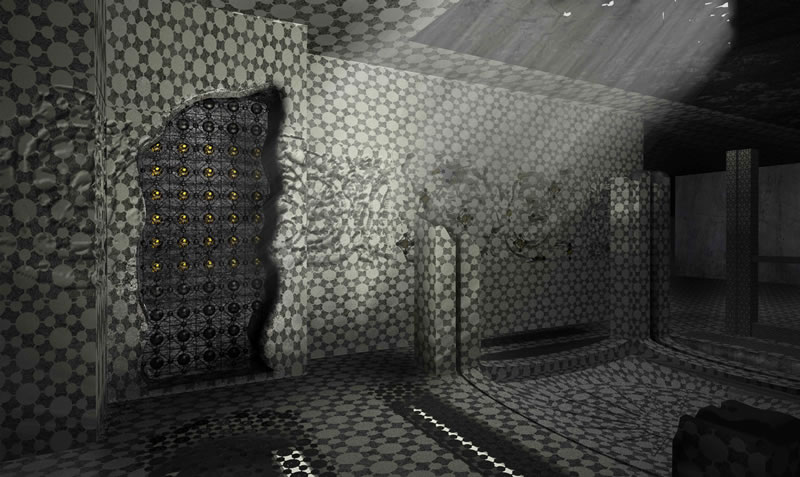
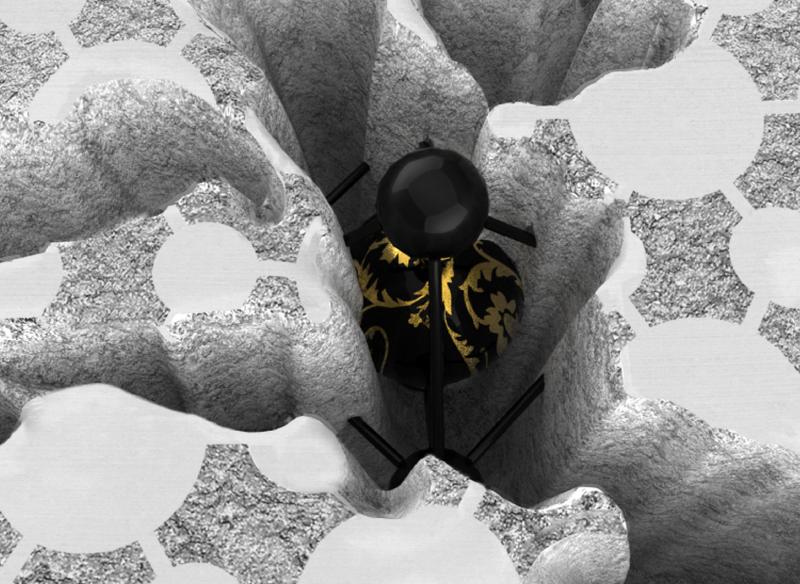
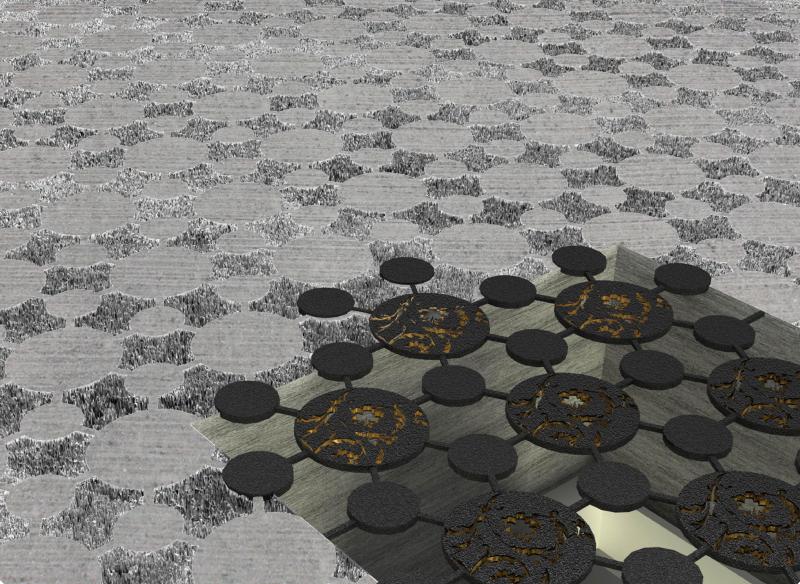
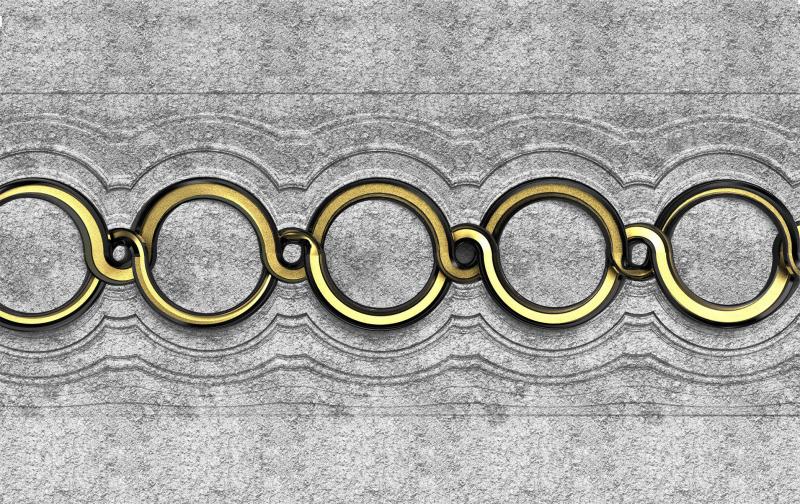
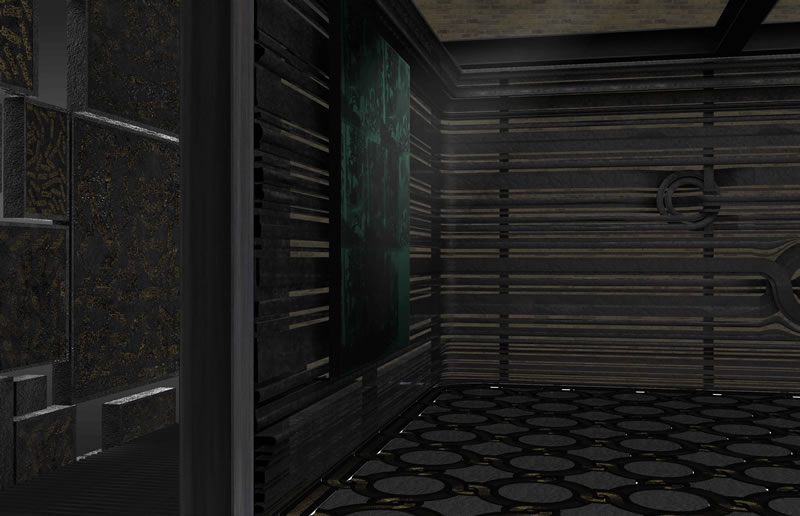
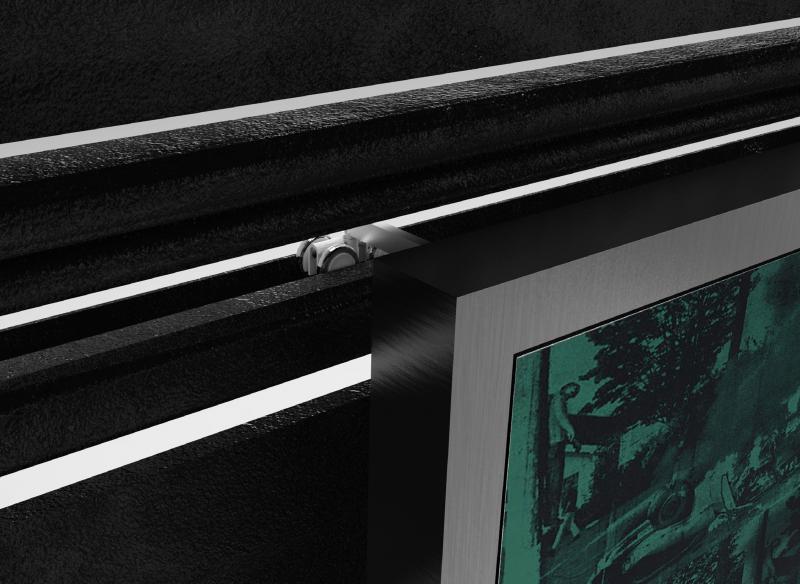
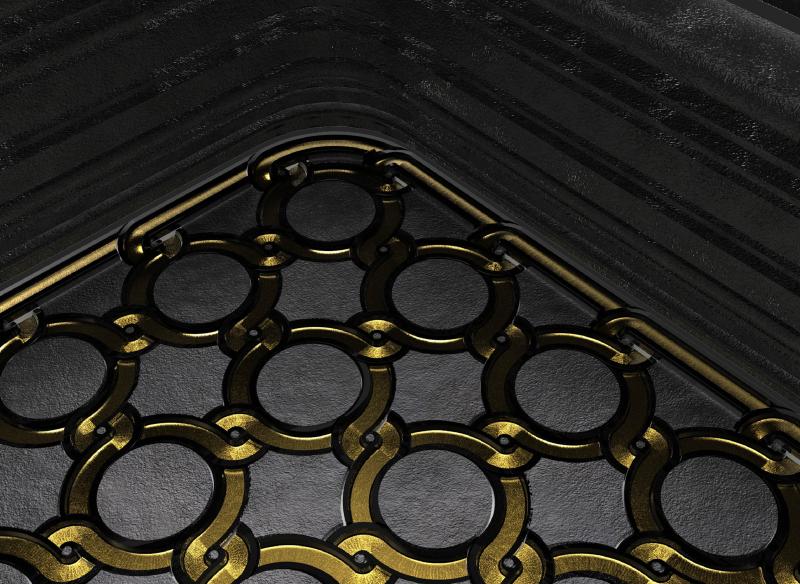
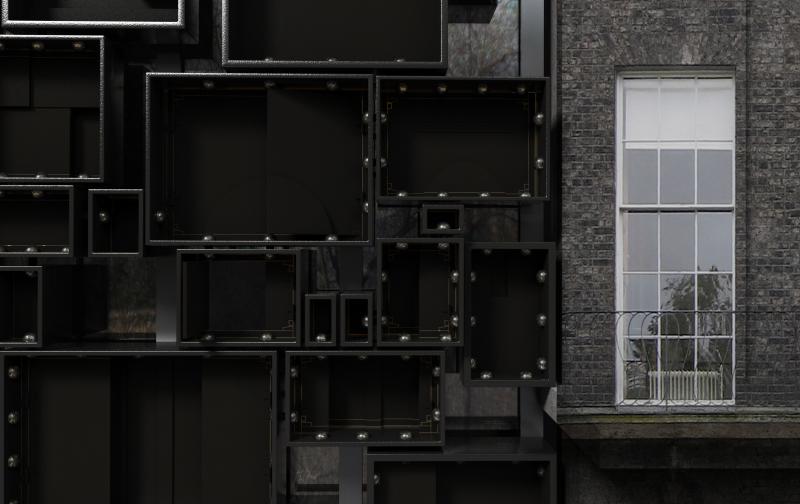
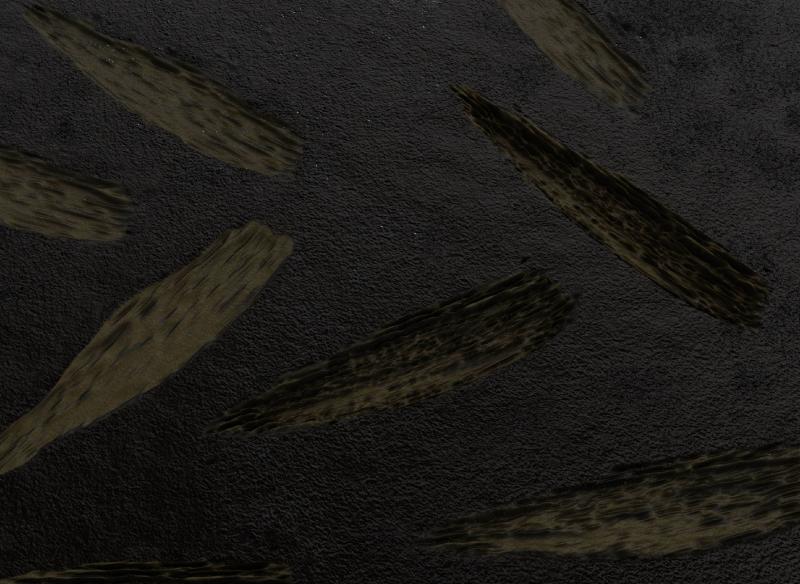
‘…They had better not have ornament at all than see it ill cut – deadly cut, that is. I cannot too often repeat, it is not coarse cutting, it is not blunt cutting, that is necessarily bad; but it is cold cutting – the look of equal trouble everywhere. …’
John Ruskin, ‘The lamp of Life’ ,1849
The main ambition of the project is to design a house that would accommodate a contemporary art collection where ornament will act as a mediator between the client’s individuality, her art and architecture as apposed to the contemporary notion of a ‘White Cube’ in which art exists in isolation.
The Sir John Soane Museum, located on the neighbouring site, is an influential example of the 19th century’s fascination with an archaeological rediscovery of ornament and its modification in the age of industrial mass production.
The focus of my ornament design is to restore an evolutionary development of ornament by returning to the classical motifs found in Soane’s collection and establishing its contemporary relevance through modern methods of production.